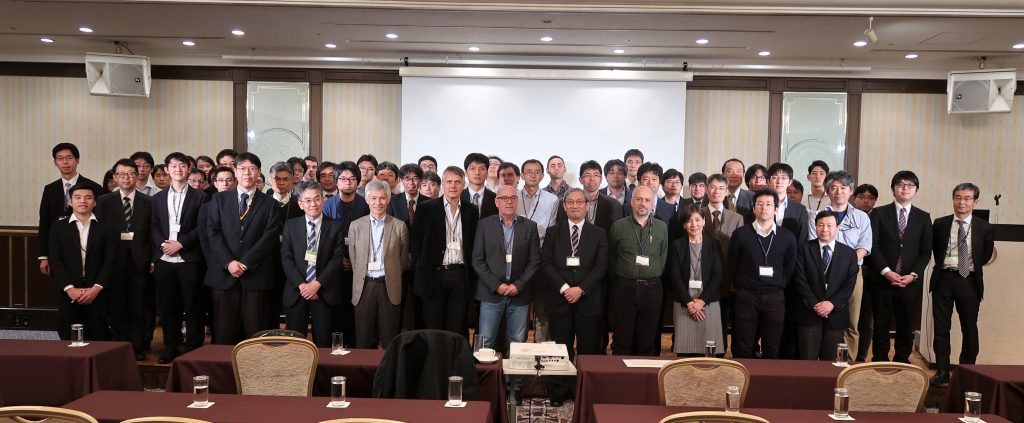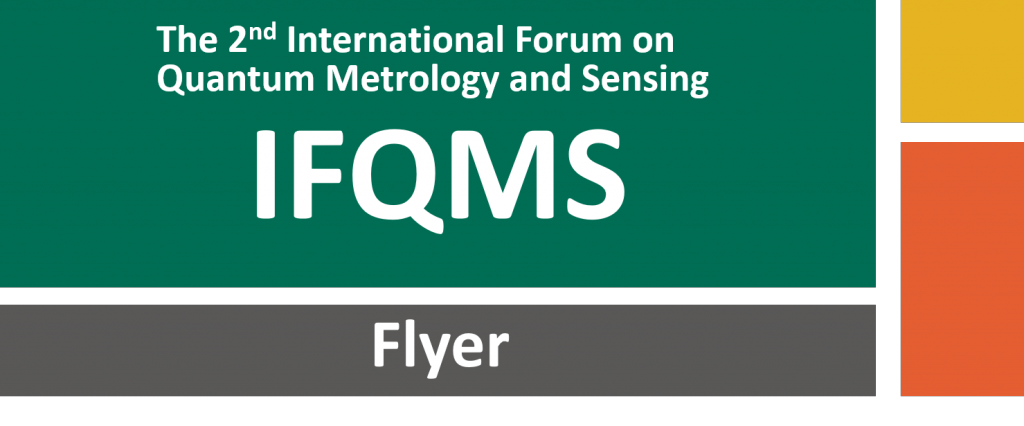The 2nd International Forum on Quantum Metrology and Sensing (IFQMS)
The 2nd International Forum on Quantum Metrology and Sensing was held at Kyoto Brighton Hotel from Tuesday, December 17 to Thursday, December 19, 2019, with more than 150 participants.
This forum was held to promote international collaboration and the development of young human resources in the field of quantum metrology and sensing technologies under the Quantum Leap Flagship Program (Q-LEAP) of the Ministry of Education, Culture, Sports, Science and Technology (MEXT), and the second edition of the forum included a joint poster session with other quantum science and technology fields. Interdisciplinary exchanges were held to promote innovation.
Opening Session
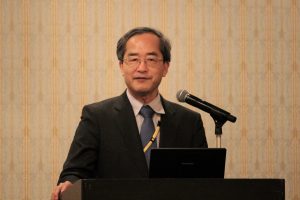
Professor Yasuhiko Arakawa of the University of Tokyo, Program Director of Q-LEAP, gave the opening remarks. He described the significance of the Q-LEAP project, which aims to find solutions to critical economic and social problems on a global scale using quantum technology, and expressed his expectations for this conference.
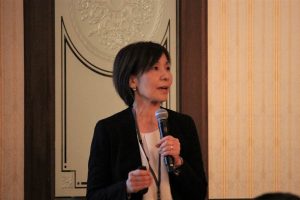
Next, Prof. Mutsuko Hatano of Tokyo Institute of Technology, who is the leader of the Flagship Project in the quantum metrology and sensing field in Q-LEAP, gave the introduction of the conference, introducing the research on diamond quantum solid-state sensors in Q-LEAP and the progress of the collaboration between industry, government, and academia. and expressed hope for the participation of many young researchers and lively discussions.
Invited Lectures
Five invited speakers who are leading researchers in their respective fields gave lectures. After each lecture, many questions and comments were received from the audience, and the hall was filled with enthusiasm.
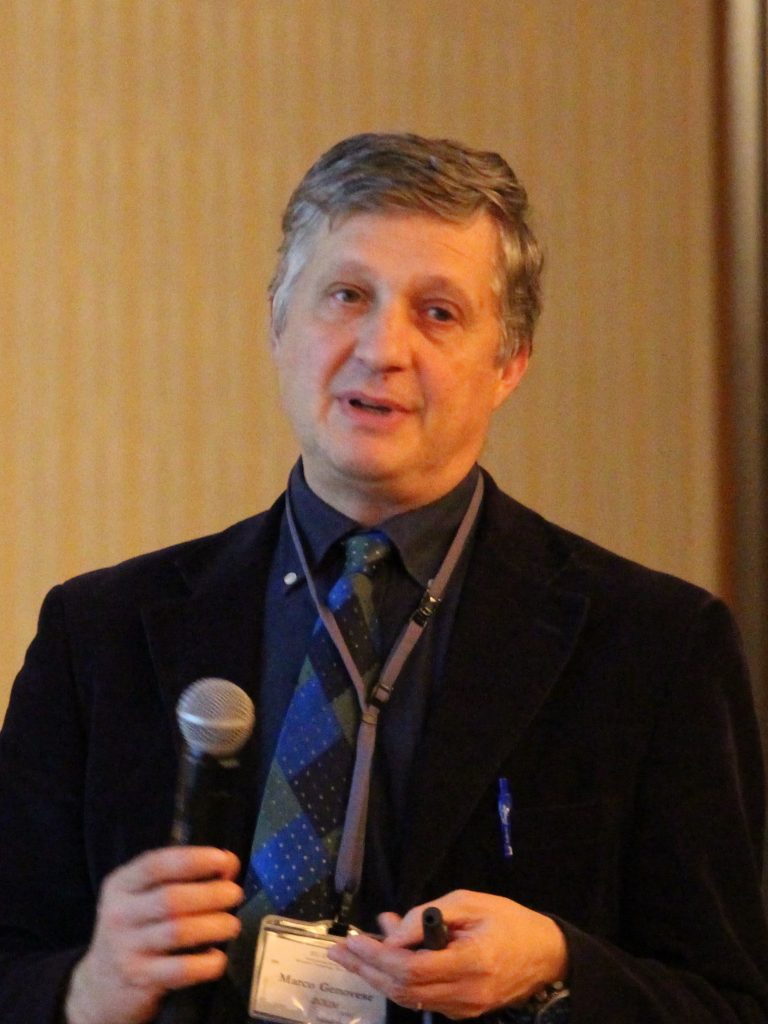
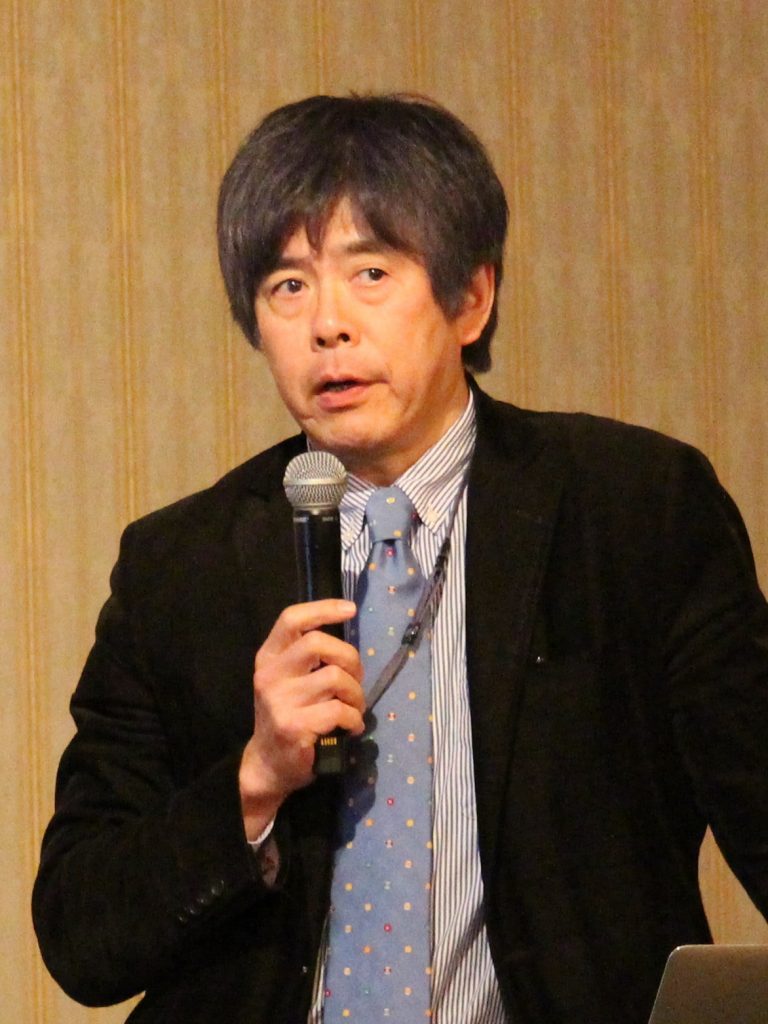
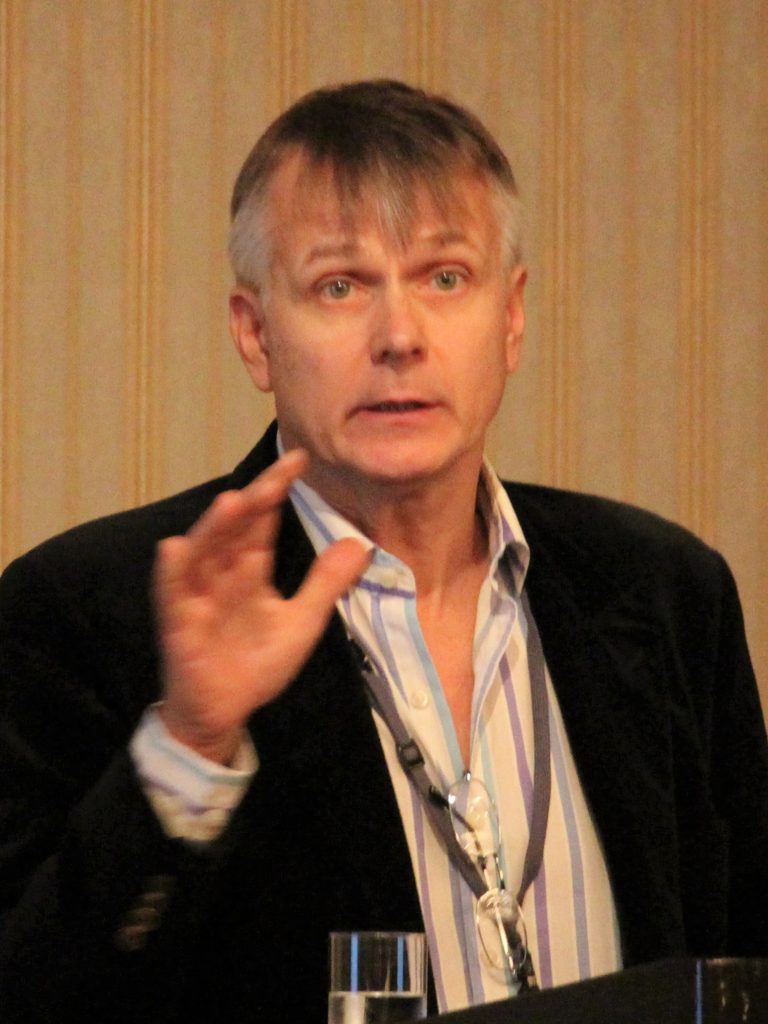
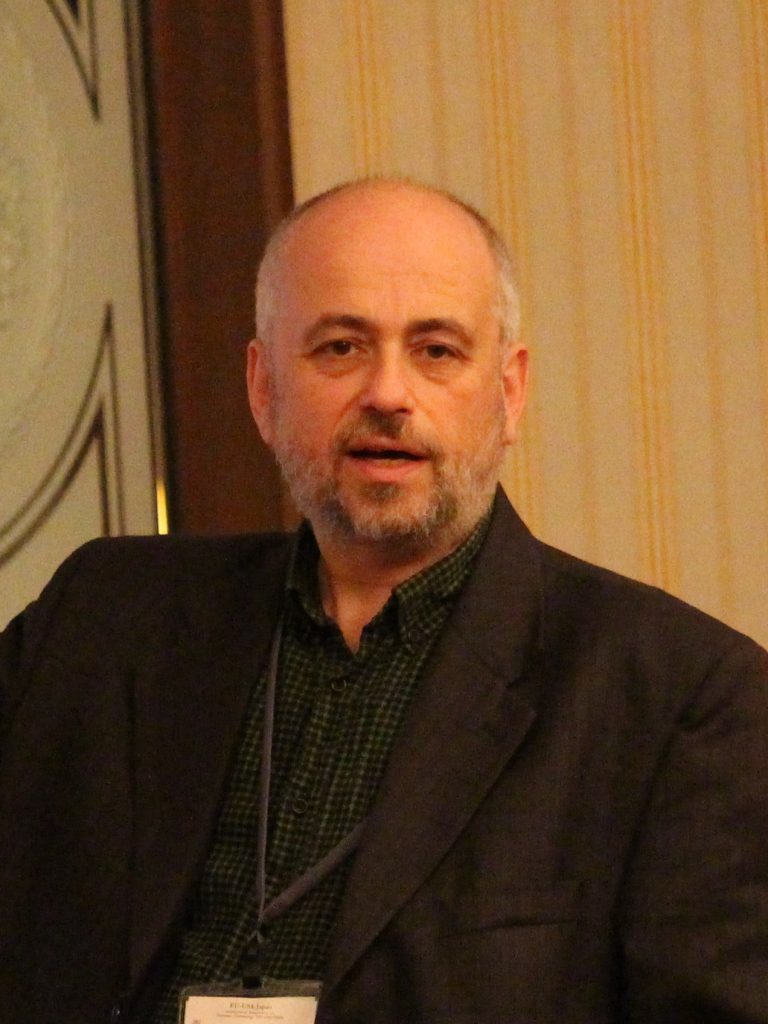
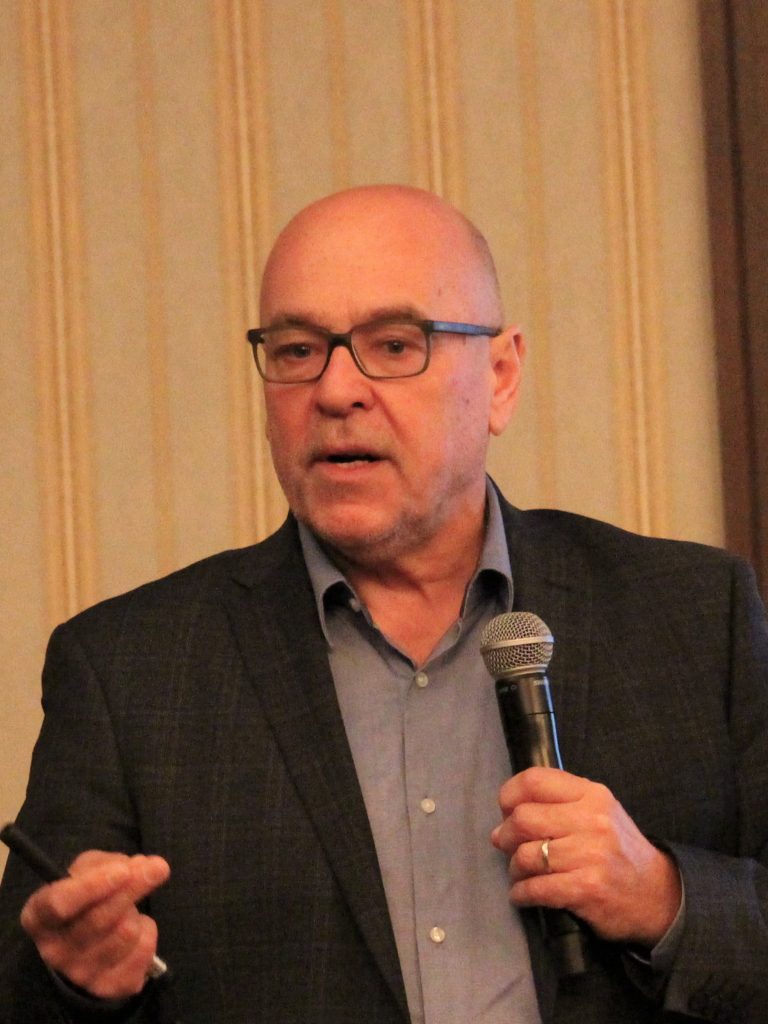
| Marco Genovese Professor, Istituto Nationale Di Ricerca Metrologica, Italy Title: Quantum sensing with twin beams : from quantum imaging to quantum enhanced correlation interferometry |
| Masahiro Kitagawa Professor, Graduate School of Engineering Science, Osaka University, Japan Title: Room temperature nuclear hyperpolarization and quantum encoding for hyper-sensitive NMR and MRI |
| Gunnar Björk Professor, Department of Applied Physics, AlbaNova University Center, Royal Institute of Technology, Sweden Title: Photon-number resolving detectors |
| Dmitry Budker Professor, Helmholtz Institute, Johannes Gutenberg University, Germany Department of Physics, University of California Berkeley, USA Title: Sensing with warm atoms and diamond color centers: from challenging to extreme |
| Christoph E. Nebel Professor, Institute of Science and Engineering, Kanazawa University, Japan Fraunhofer Institute for Applied Solid State Physics (IAF)、 Germany Title: Promises and challenges of diamond based quantum applications |
Joint Poster Session
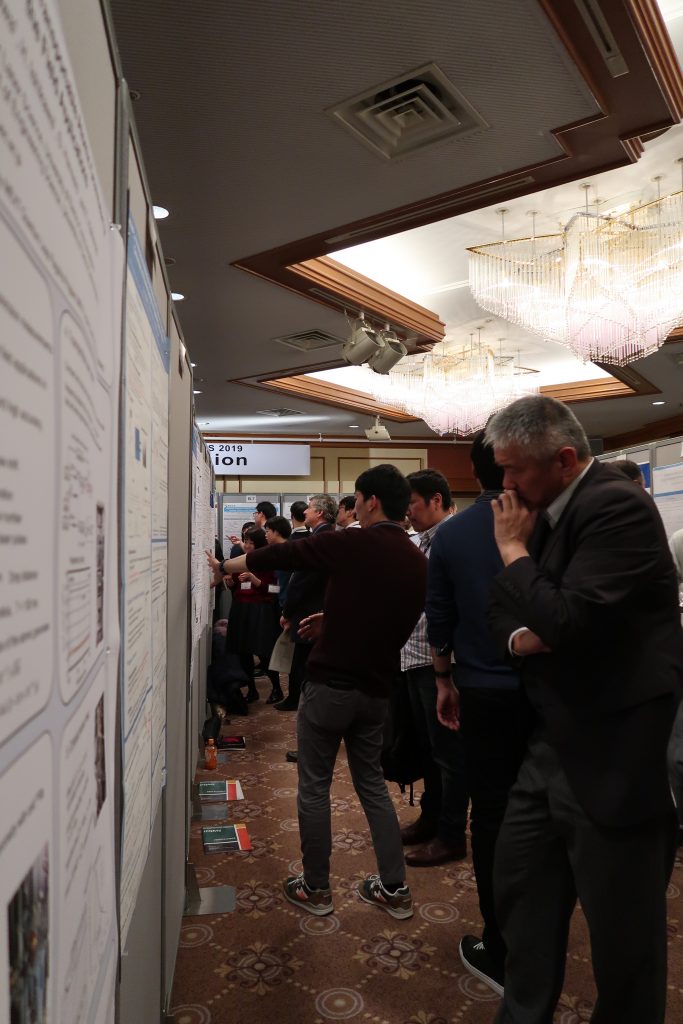
There were joint poster sessions with the three societies, ISQT, TCQC2019 and TCQCS2019, which took place alongside the IFQMS in the afternoon of the first day. There were 113 presentations overall and 45 presentations at IFQMS.
So many people attended the conference that it was difficult to get through the aisles during the discussions with the presenters.
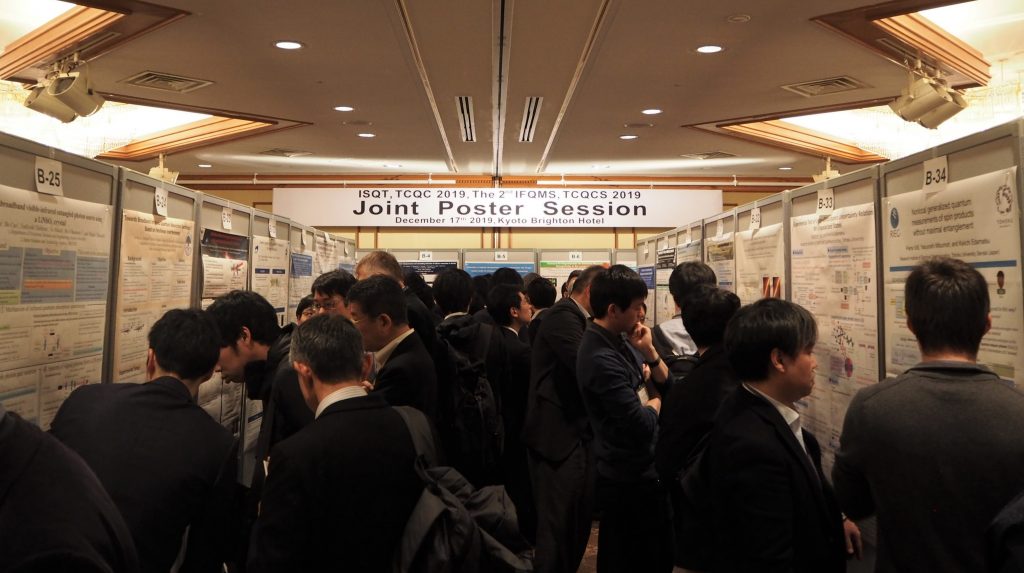
Oral Presentations
Five oral presentations were given in the afternoon of the second day. As with the invited lectures, numerous questions and comments were received from the audience after the presentations.
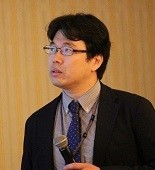
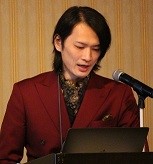
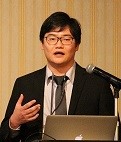
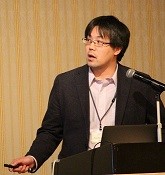
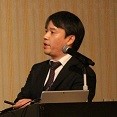
Group Discussion
On the afternoon of the second day, December 18 (Wednesday), a group discussion was held with young researchers and senior researchers from Japan and abroad.
A total of 8 groups (6 members per group, 4 young researchers and 2 advisors) discussed their dreams for quantum technology in the next 20 years. As a reference, a roadmap for the next 20 years of the Quantum Technology Innovation Strategy, prepared by the Cabinet Office in consultation with experts, was distributed, and a blank roadmap with only the timeline left on it was made available for the participants to freely describe.
At the end of the group discussion, a young moderator from each group summarized the discussion into a single roadmap and gave a five-minute presentation.
The discussion was so heated that some groups could not finish their discussions even after the end of the session, making it a very meaningful time.
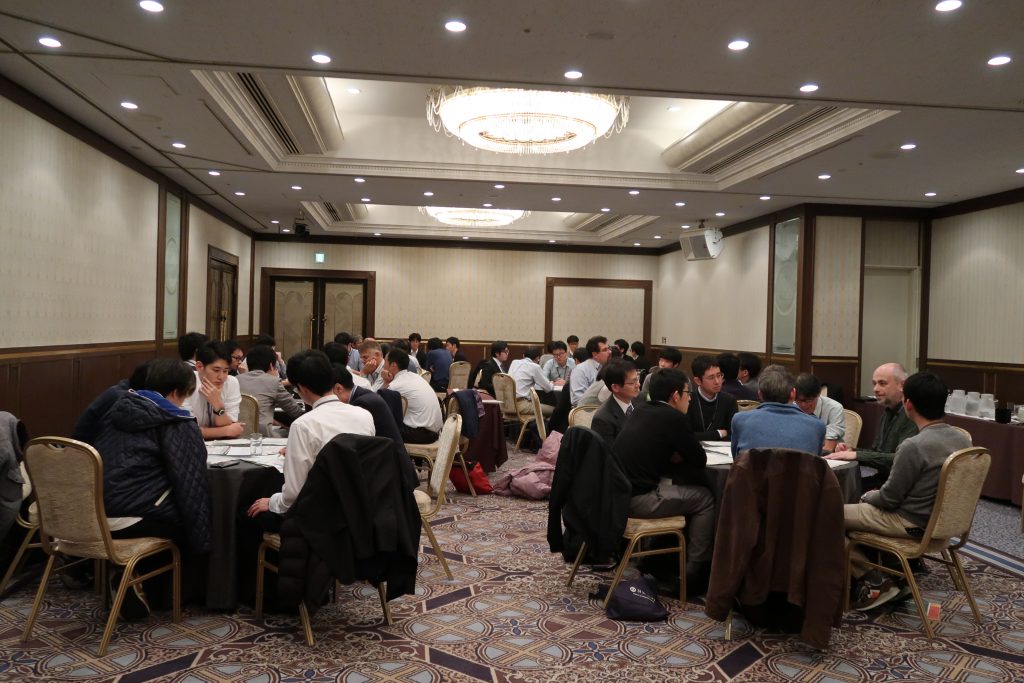
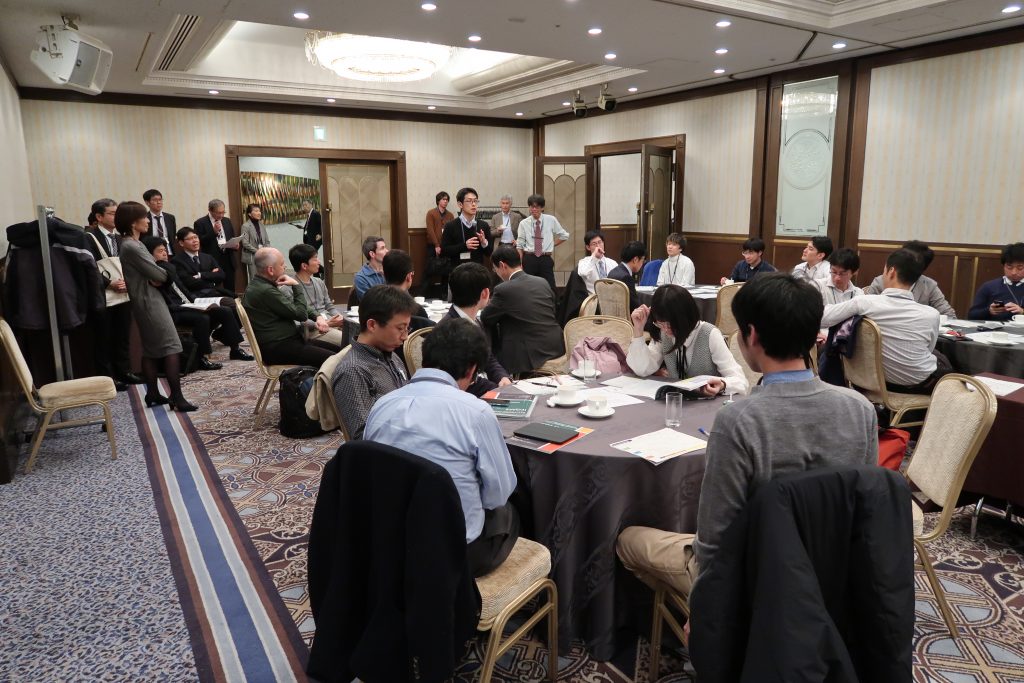
Award Ceremony
Awards were given to young researchers for their oral and poster presentations.
| Awards | Presenters | Affiliations | Titles |
| Best Poster Award | Shin-ichiro Sato | QST | Principal Researcher |
| Best Poster Award | Yamashita Shungo | Kyoto University | Master’s student |
| Best Poster Award | Takahiro Takumi | The university of electro-communications | Master’s student |
| Poster Award | Ernst Herbschleb | Kyoto University | Assistant Professor |
| Poster Award | Yu Mukai | Kyoto University | Researcher |
| Poster Award | Fabrizio Piacentini | INRiM | Researcher |
| Poster Award | Fumihiro Kaneda | Tohoku University | Assistant Professor |
| Poster Award | Hiroya Seki | The university of electro-communications | Master’s student |
| Poster Award | Kurumi Tazawa | The university of electro-communications | Master’s student |
